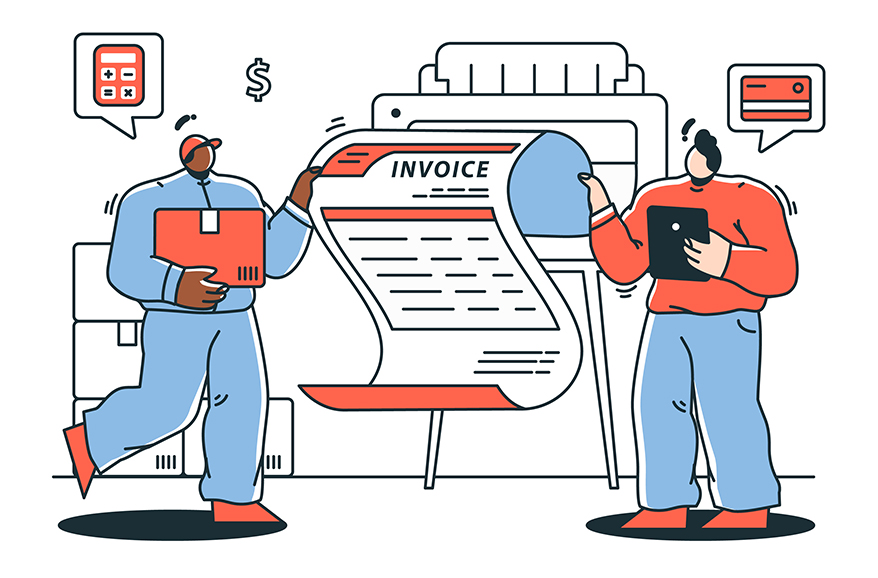
Understanding Estimates vs. Invoices: Key Differences and Their Importance
In the world of business transactions, particularly in service-based industries, estimates and invoices play crucial roles. While both documents are integral to the financial management and client communication processes, they serve distinct purposes and contain different types of information. Understanding the differences between estimates and invoices can help businesses operate more smoothly, maintain clear communication with clients, and ensure accurate financial tracking.
What is an Estimate?
An estimate is a preliminary document provided by a business to a potential client before any work begins. It outlines the expected costs for a project or service based on an initial assessment of the work to be done. Estimates give clients a clear idea of what to expect in terms of pricing, helping them make informed decisions about whether to proceed with the service.
Key Components of an Estimate:
- Description of Services: A detailed explanation of the services or work to be performed.
- Itemized Costs: A breakdown of the costs associated with each part of the service, including labor, materials, and any other expenses.
- Total Estimated Cost: The sum of all itemized costs, providing a projected total for the client.
- Validity Period: The timeframe during which the estimate is valid, ensuring that the quoted prices remain accurate for a specific period.
- Terms and Conditions: Any additional information, such as payment terms, potential extra charges, and scope of work limitations.
What is an Invoice?
An invoice, on the other hand, is a formal request for payment issued after the completion of a service or delivery of goods. It details the actual costs incurred and provides a clear record of what is owed by the client. Invoices are crucial for maintaining cash flow and financial records within a business.
Key Components of an Invoice:
- Invoice Number: A unique identifier for the invoice, used for tracking and reference.
- Description of Services or Goods: A detailed list of the services provided or goods delivered.
- Itemized Costs: The actual costs associated with each service or product, reflecting any changes from the initial estimate.
- Total Amount Due: The total sum that the client is required to pay.
- Payment Terms: The terms of payment, including due date, acceptable payment methods, and any late fees.
- Business and Client Information: Contact details for both the business and the client to ensure clear communication and record-keeping.
Key Differences Between Estimates and Invoices:
- Purpose: An estimate provides a projected cost before work begins, helping clients decide whether to proceed. An invoice is a request for payment after the work is completed.
- Timing: Estimates are issued before any work starts, while invoices are sent after the work is done or goods are delivered.
- Flexibility: Estimates can be adjusted based on changes in scope or client requirements. Invoices reflect the final, non-negotiable amount due.
- Legality: Estimates are not legally binding but serve as a proposal. Invoices are legally binding documents that demand payment for services rendered or goods provided.
Why Both Are Important:
- Clear Communication: Estimates help set clear expectations with clients about the scope and cost of a project, reducing the likelihood of disputes.
- Financial Planning: Both documents assist in financial planning and management, allowing businesses to track potential income (from estimates) and actual revenue (from invoices).
- Professionalism: Providing detailed and accurate estimates and invoices enhances a business’s professionalism and builds trust with clients.
- Record Keeping: Maintaining organized records of estimates and invoices is crucial for accounting, tax purposes, and evaluating business performance.
Conclusion:
Understanding the distinct roles of estimates and invoices is essential for any business aiming for efficient financial management and strong client relationships. Estimates set the stage for transparent and informed project planning, while invoices ensure accurate and timely payment for services rendered. By mastering the use of both documents, businesses can enhance their operational efficiency, foster client trust, and maintain healthy cash flow.